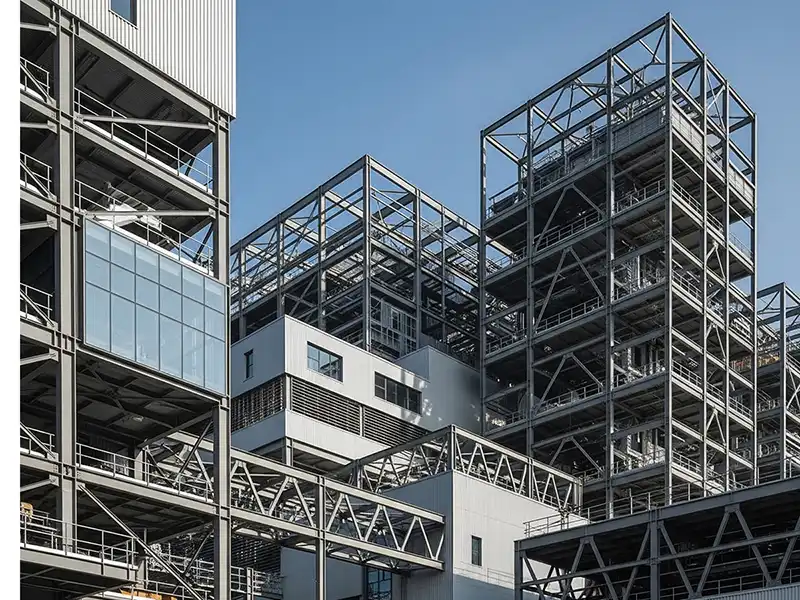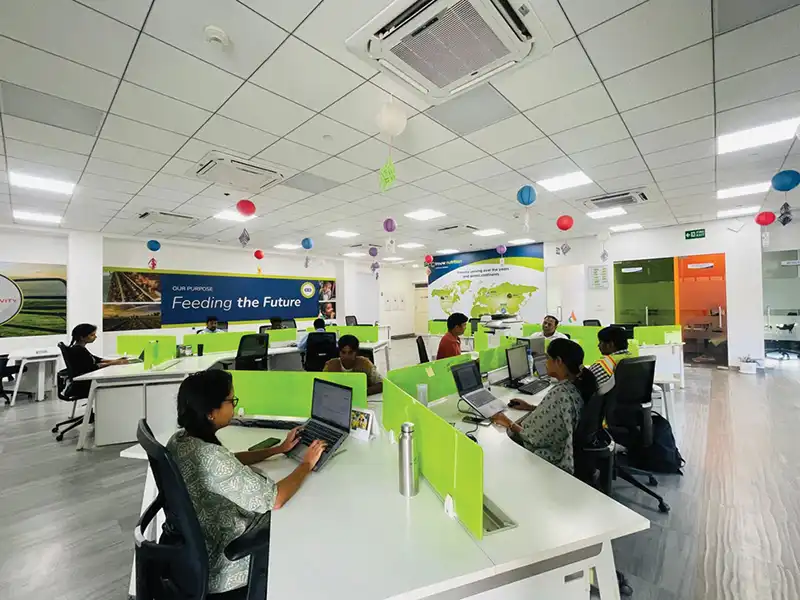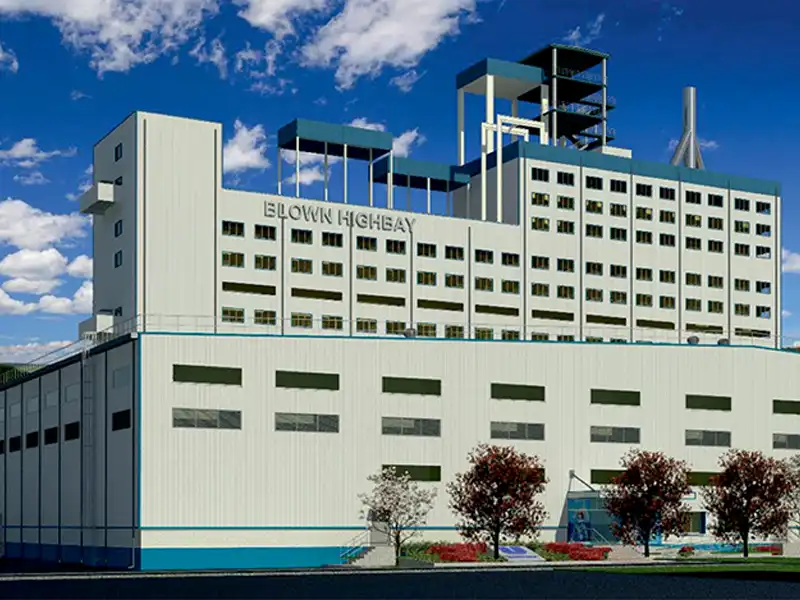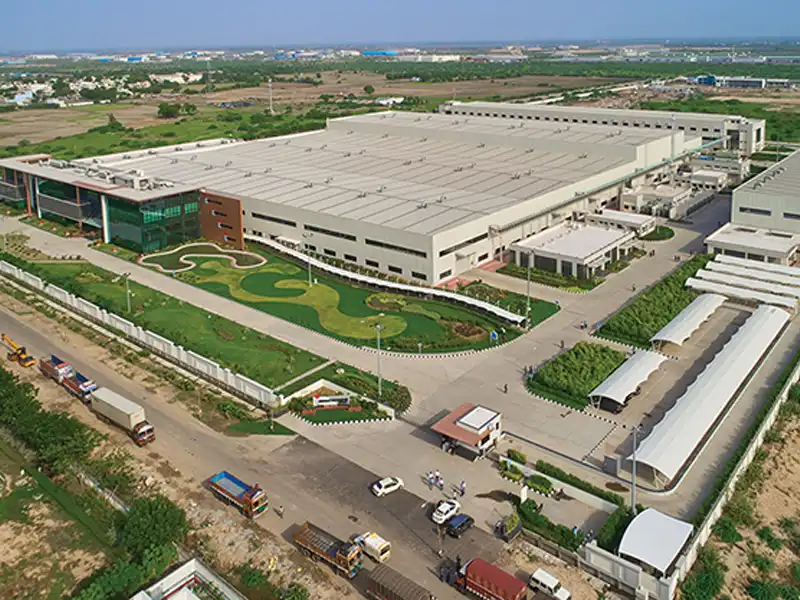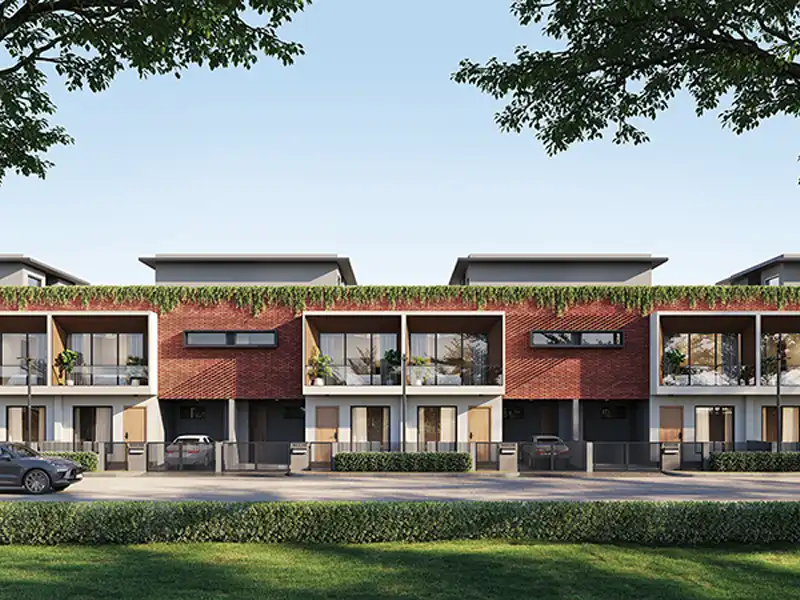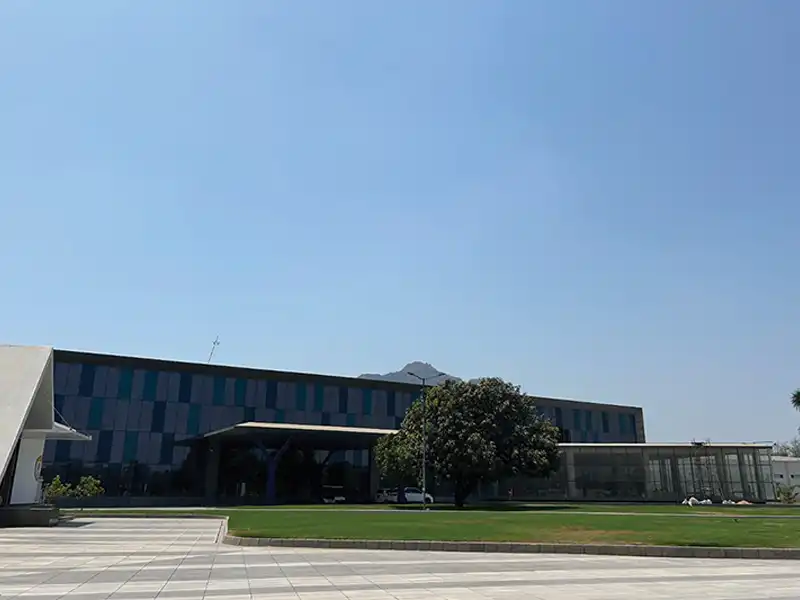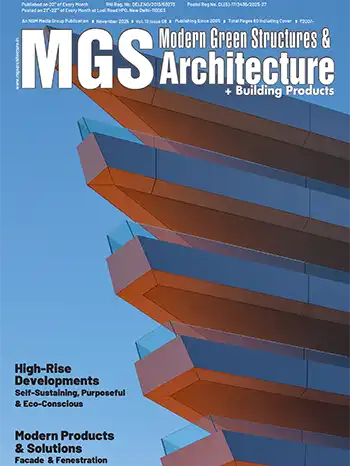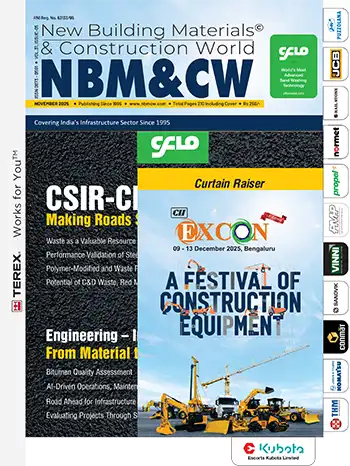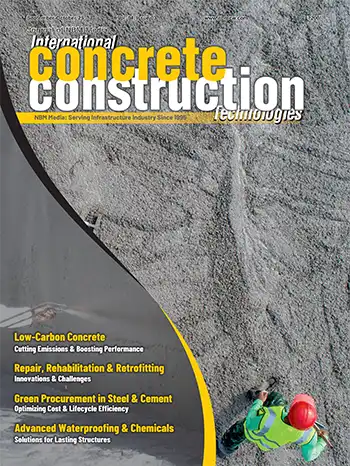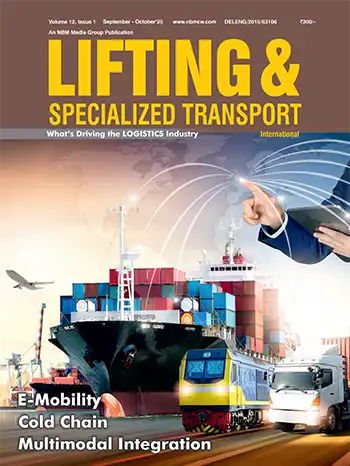Growing Popularity in Hilly Regions
Prefabricated constructions or PEBs have been gaining ground in India for their remarkable advantages over traditional brick-and-mortar structures. One of their most significant strengths lies in their ability to offer customised safety and designs that are not only resilient but also tailored to withstand seismic activity, landslides, and extreme weather conditions. Prefabricated buildings can not only withstand natural disasters but are also environmentally sustainable. Their controlled construction environment ensures that they meet the highest safety standards, making them capable of withstanding seismic activity and landslides.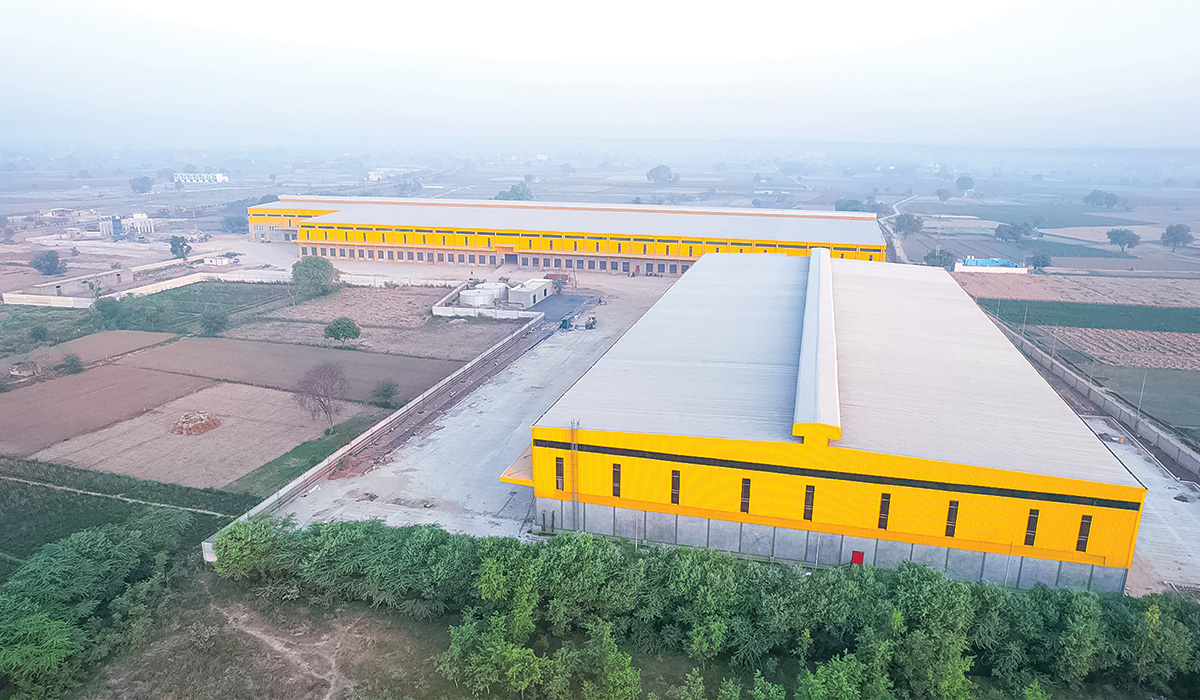
Building on the Edge
The urgency for infrastructure development to uplift living standards and economic activities in hilly regions has led to unbridled and hasty constructions. This has taken a toll on the hills, triggering natural disasters and wreaking havoc on infrastructure. Experts point to the increasing weight on the hills as a primary factor. Addressing this issue is crucial, and one effective solution lies in the adoption of Pre-engineered Structures. These structures not only offer a sustainable alternative but also promise to alleviate the burden on our precious hills, preserving both life and landscape for generations to come.However, the very features that make hilly regions so attractive, such as the adventurous terrain, steep gradients, and rich flora are what present formidable challenges to those who seek to build their houses here. Add the unpredictable and often harsh climatic conditions as well as proneness to natural hazards to the list and the difficulty of construction becomes quite apparent. It is, however, in the face of these challenges that the need for innovative and sustainable solutions becomes imperative.
Insulation and Energy Efficiency
Prefabricated buildings, constructed within controlled factory environments, offer a distinct advantage when it comes to insulation. The precise installation of insulation materials ensures that these structures maintain a consistent interior temperature, regardless of the weather outside. In hilly regions, where weather patterns can be unpredictable and extreme, maintaining a comfortable living environment becomes crucial. PEBs achieve this through their ability to provide superior insulation, ensuring that residents remain comfortable within, irrespective of the harsh conditions outside.Additionally, prefabricated solutions align seamlessly with the government’s vision of a carbon-neutral country. The insulation in PEBs contributes significantly to energy efficiency by acting as a barrier, which minimises the exchange of heat between the interior and exterior. This translates to less energy required for heating or cooling, offering long-term energy savings. Prefabrication can cut carbon emissions by up to 60%, making it an environmentally friendly choice that contributes significantly to reduction in carbon emissions.
Furthermore, the efficient assembly process saves up to 50% of construction time, reducing the environmental disruption that often accompanies traditional construction methods. In hilly regions, where the balance between development and environmental conservation is delicate, this aspect of prefabrication is particularly noteworthy. It not only safeguards the natural beauty of the landscape but also advances the nation’s commitment to a sustainable future.
PEBs offer a compelling solution to the unique challenges of construction in hilly regions. They not only provide superior insulation, improved energy efficiency, and reduced carbon footprints, but are also resilient to natural disasters. With PEBs, hilly regions can usher in an era of sustainable development that safeguards both the environment and the well-being of the residents.
Sanjay Singhania
Challenges and hurdles
As the demand for development in hilly areas continues to surge due to urbanisation, population growth, and tourism, the list of challenges that traditional construction practices face also becomes apparent. This economic growth and rapid transformation in hilly regions have piled on the pressure for real estate development, especially the construction of multi-storey buildings. However, the construction of multi-storied buildings employing flimsy materials and techniques is often carried out without due regard for the local context or for maintaining the delicate ecological balance of hill settlements.In an effort to regulate the burgeoning construction, building regulations have been enforced in hilly regions, yet their contextually inappropriate application exacerbates the difficulties faced by these environmentally sensitive areas. While hill settlements have rich vernacular practices that emphasize sustainability and minimal environmental impact, the demand for increased built space, and the introduction of new construction materials and techniques, has overshadowed these practices.
The variations in hilly regions give rise to unpredictable geological conditions and hydrogeological complexities, resulting in hazards such as landslides and mudflows. Consequently, planning and designing buildings in hill settlements have become a difficult task that demands innovative solutions to ensure both safety and sustainability.
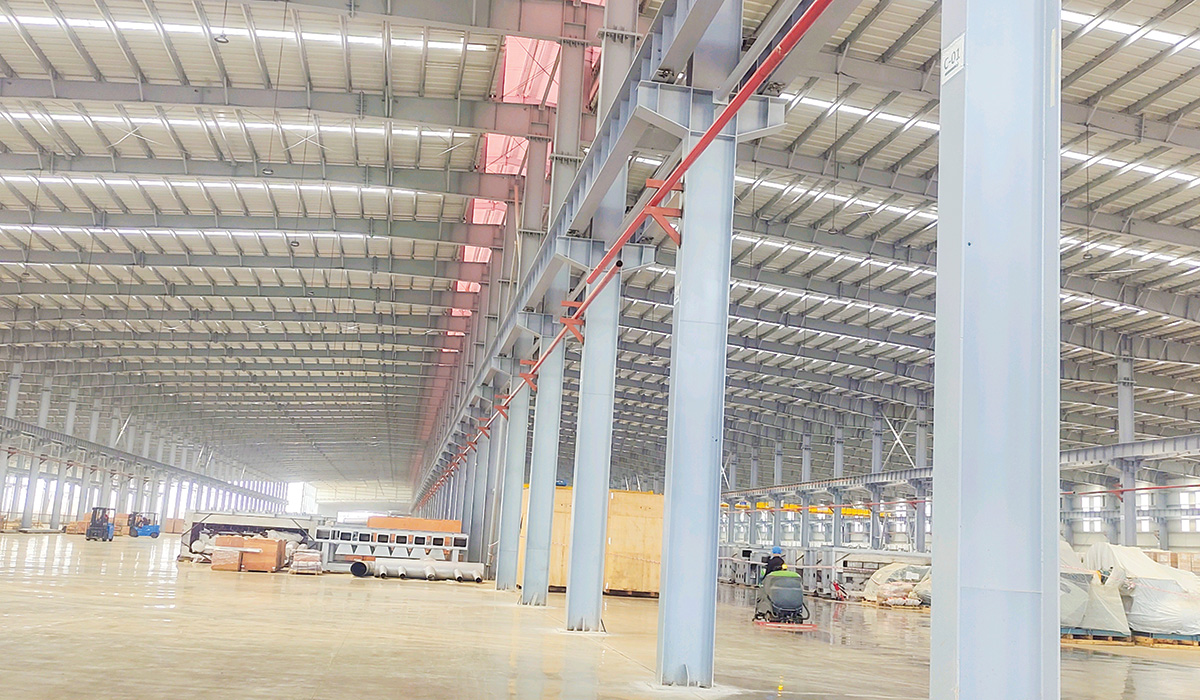
EPACK Prefab’s Sustainable PEB Solutions for Warehousing
EPACK Prefab, a leading innovator in PEB solutions, offers advanced warehousing structures. The company has constructed over 10 million square feet of warehouses, establishing itself as a significant player in the industry. This accomplishment highlights EPACK Prefab’s expertise in delivering timely and cost-effective warehousing solutions. The company has been pivotal in meeting the rising demand for specialized industrial warehouses driven by the growth of the retail and e-commerce sectors, especially in tier 2 and tier 3 cities. EPACK Prefab’s streamlined construction process supports rapid deployment, essential for businesses looking to expand their warehousing capabilities swiftly.With a production capacity of 187,000 MT annually, apart from PEB, EPACK Prefab manufactures a wide range of prefabricated structures, insulated sandwich panels, and light gauge steel frames. The company caters to diverse sectors such as industrial, infrastructure, institutional, construction, sports and leisure. It is renowned for its expertise in engineering, fabrication, and project management and is committed to minimizing its ecological footprint and adhering to stringent environmental standards.
The use of pre-engineered buildings (PEB) in warehousing offers substantial benefits such as reduced construction time—up to 50% faster compared to traditional methods—and lower costs, allowing businesses to quickly capitalize on market opportunities and optimize their operations. EPACK Prefab’s streamlined construction process supports rapid deployment, essential for businesses looking to expand their warehousing capabilities swiftly. EPACK Prefab is committed to driving sustainability and efficiency in the warehousing sector. Our advanced PEB solutions not only reduce construction time and costs but also support our clients in achieving their operational and environmental goals.


